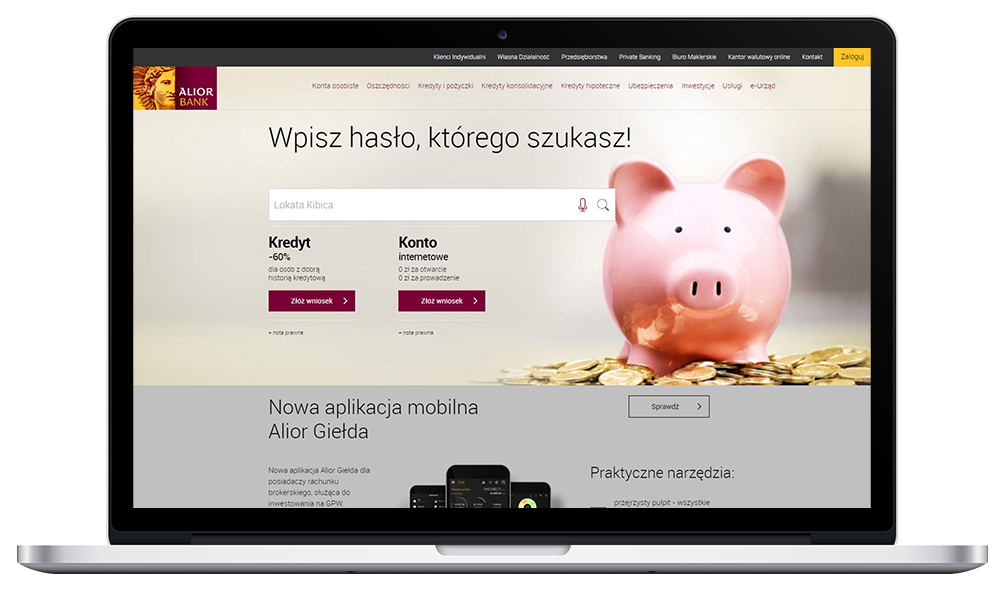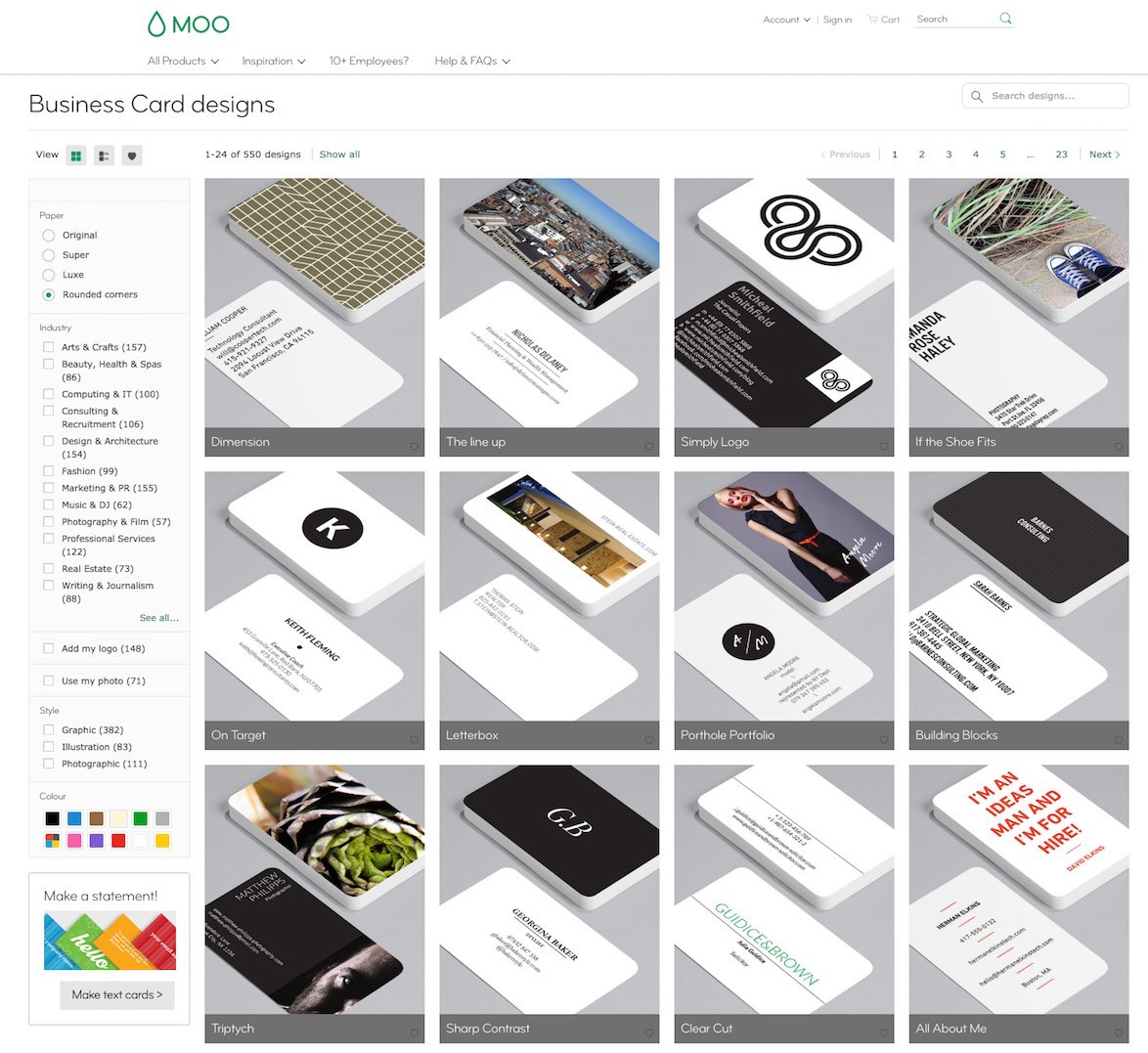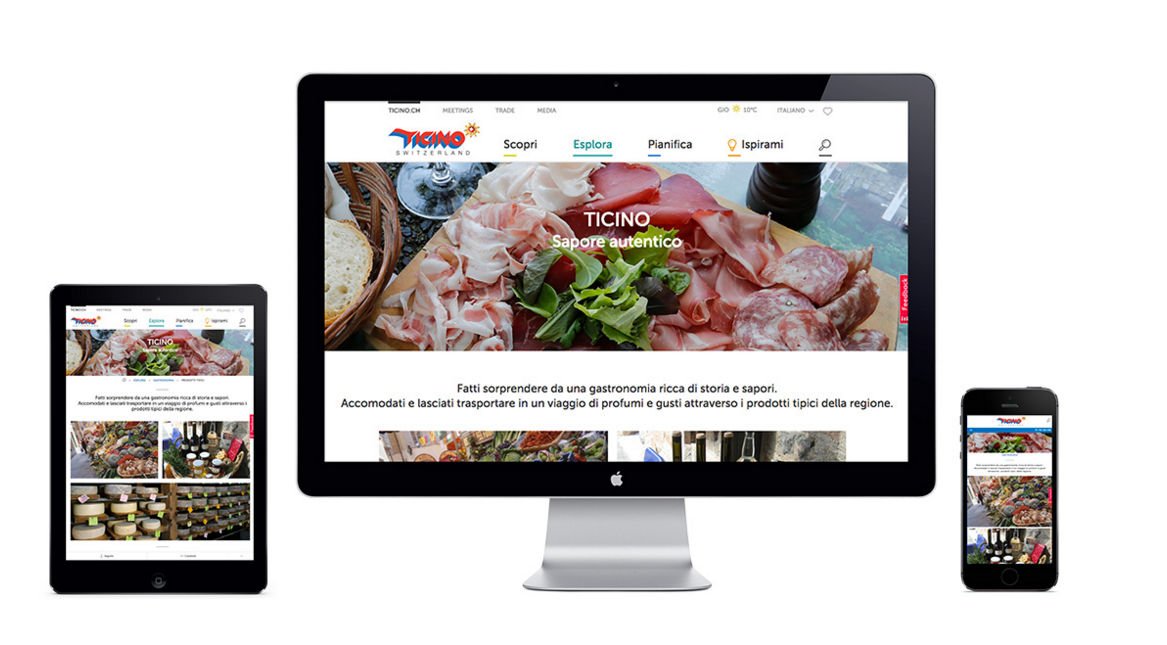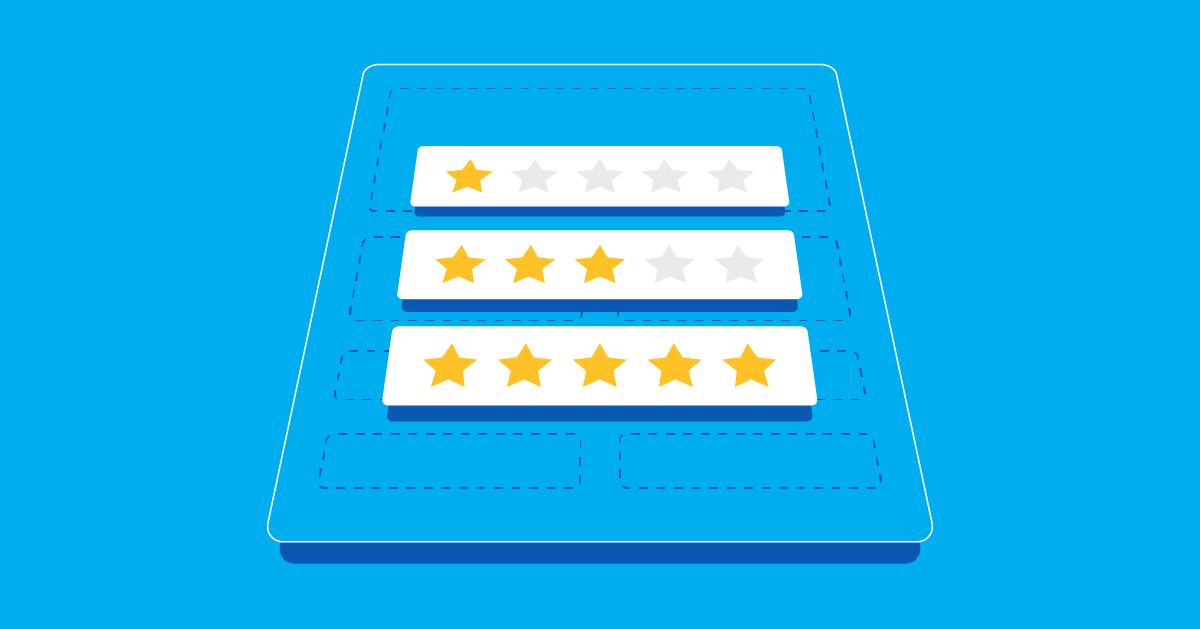- May 1, 2023
- 7 min
Why bother? How personalization boosts customer satisfaction
Experience Magnolia in action
Experience Magnolia's key features firsthand in an interactive product tour.
Take a tour nowThere are many facets and challenges around customer experience personalization - from strategic, to technological, to ethical. But one thing’s for sure - that personalization implies an experience that is customer-led, more than anything.
While not totally giving over control of your brand-led messaging, as a marketer you will have to create experiences that are driven by individual customer needs, preferences and behavior, as opposed to mass communication. And that in turn leads to higher customer satisfaction and retention. Let’s explore some ways in which you can achieve this.
The challenges of web personalization
Although most businesses would see the benefits of developing a personalized experience for their customers, the process is not without its challenges, both technical and legal.
Privacy issues
With news of several high-profile customer data breaches making headlines, customers may be hesitant to provide the data that businesses need to create the personalized experience that customers claim to want. Another hurdle involves the General Data Protection Regulation (GDPR), an EU law that seeks to give individuals control over their data and its use.
Moreover, as we're approaching 2024, when Google will end support for third-party cookies in Chrome, marketers need to adjust their strategies and choose first-party cookies instead.
Magnolia comes with a number of built-in GDPR features to help you attain user consent and properly handle user data. With the Magnolia Cookies app and the Privacy module, you can ensure that your website is fully compliant with GDPR. As well, we're currently adapting our Analytics Connector Pack for compliance with Google Analytics 4, which will privacy-centric and will work with or without cookies.
For a full deep dive into Magnolia's privacy capabilities and how we're getting ready for a cookie-less world, read out blog Cookie-less 2023: first party cookies vs third party cookies.
Scalability issues
A major challenge for businesses seeking to deliver personalization lies in implementing unique experiences to thousands of customers. Barbara Calicoot, director of customer experience at mattress manufacturer Tempur Sealy, told Marketing Week in 2017, “We still want to be customer-centric but expectations change. There is never enough. The ideal is one-to-one but it’s hard at scale.” This continues to be a challenge even now, years after that statement, although improvements can be seen due to advances in cloud and edge computing technology.
With higher performance, scalability, security and better Google web vitals metrics, edge personalization can be the solution for enterprise brands that need to deliver tailored content to hundreds of thousands or millions of customers annually.
At Magnolia, we tackle personalization at scale with component personalization, a feature that makes it easier for an editor to personalize content in a scalable way. Instead of personalizing a whole page, the component personalization lets you personalize small sections of a page. For example, an editor wants to set different opening times for visitors from Europe and for visitors in Africa. This can be achieved by creating two variants of text and image components.
Moreover, when it comes to edge personalization and cloud, Magnolia DX Cloud uses Fastly as a CDN (content delivery network), giving you access to all the tools you need to provide personalization at scale.
To learn more about how you can achieve performant personalization at scale with Magnolia, read our blog Achieving edge-side personalization with a composable DXP.
Three personalization strategies that improve customer satisfaction and retention
Now let’s take a look at some key personalization strategies that boost customer satisfaction and make it worthwhile to overcome the challenges above.
1. Delivering individualized content in real-time
In an eye-opening study by CMO, the demand for individualized content is at an all-time high. Over two-thirds of consumers who took part in the CMO survey said they wanted to receive content that automatically adjusted to their current context, which includes previous purchases, location, and browser history.
If there’s one industry that can come across as impersonal, it’s banking. But some banks are taking steps to ensure that customers feel more like human beings and less like lines in a balance sheet. Alior, the Polish bank and client of Magnolia, revamped its website in 2015 to give users personalized and relevant content based on their previous transactions.

As a result, not only did traffic significantly improve but so did customer engagement: bounce rate decreased from 30% to 10% and the average time spent on the website grew to 5 minutes and 30 seconds. Higher engagement means higher customer interest and ultimately leads to higher sales.
Recommended: How Alior Bank boosted online sales with Magnolia
We’re constantly working to make personalization ever more powerful in Magnolia. With Magnolia’s explicit and implicit personalization solutions, you can track your customers behavior to gain real-time insights and deliver individualized content automatically. I’ve written about hyper personalization and how Magnolia can take website personalization to the next level in this article.
To help brands unify their customer data on every channel and touchpoint, Magnolia integrates with Customer Data Platform (CDP) technology. We've recently completed out integration to Segment, leading CDP that allows brands to collect customer data from any platform (mobile, web or server) and activate it to deliver personalized experiences to real-time targeted audiences.

2. Delivering localized content
Content localization plays a huge role when it comes to personalization on a global scale. It’s also essential to unlocking the benefits of personalization in ecommerce. It should be noted that content localization is more than just conducting a straightforward translation, it is a case of adapting content to meet the unique needs and interests related to a region, in its native language.
According to a survey by Common Sense Advisory, 72 percent of consumers are more likely to make a purchase if the information is in their native language. The same survey also highlighted that 56 percent say finding information in their own language is more important than price.
MOO, an award-winning UK-based print and design company and Magnolia client, delivers localized content to its customers in nearly 200 countries based on viewing history and location.
Learn more about "What is ecommerce personalization".

With Magnolia, MOO is able to translate content in half the time and create pages seven times faster than before. Delivering beautiful personalized content faster and more effectively improves the customer experience and creates more opportunities for MOO to increase revenue.
Magnolia comes with a number of built-in multi-market features. You can manage multiple versions of the same site in different languages and can choose between the same structure for each site or different structures for different sites. In addition, you can auto-translate content with either Google, Microsoft, Deepl, or translations.com services.
Best, you can easily manage complex multi-sites that share similar content with the Magnolia Live Copy solution.
Share content across multiple websites, and roll out updates smoothly in one go, without duplicating efforts. With Live Copy, you can easily manage and protect brand content or any core content that needs to be the same, regardless of where site visitors come from.
Live Copy works by enabling you to create referenced copies of your master site, which means that components on referenced pages can be changed individually and protected from master content changes. This way, you can deliver the right experience to the right market segments, with very little effort.

3. Personalizing the experience across channels
Omnichannel marketing involves delivering a seamless and consistent experience across a range of channels and devices, from smartphones to smart speakers to kiosks. It allows customers to switch between different online and offline channels, such as going from laptop to tablet device or going from in-store to their mobile device, so they can continue with their own journey without having to repeat themselves, log back in, or start over, essentially providing smart personalization.
When Ticino Turismo decided to update its digital presence with a mobile-first website that integrates with interactive elements like the innovative HikeTicino app and a number of interactive kiosk displays to offer a real multichannel experience - Magnolia was the choice.

Research showed that hikers in the Ticino region could be subdivided into three macro-segments: residents, day tourists and medium-to-long-distance tourists. By identifying these, ticino info was able to direct personalized home pages to its different visitors to provide them with relevant information and a navigational experience tailored to their needs. It also allowed them to interact with and share social content, fully addressing the goals of experience personalization, social media integration and multichannel distribution.
Next level personalization
Stream our webinar on how to finally understand your customers and deliver tailored content and experiences.










